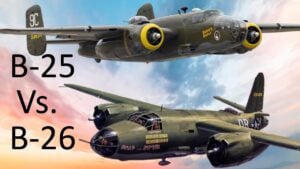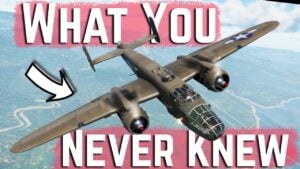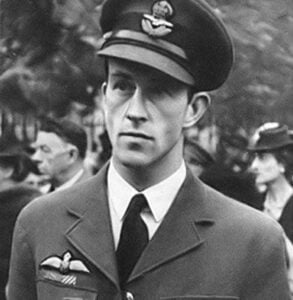WARBIRD SHOWDOWN: P-38G Lightning vs. Mosquito FB Mk VI
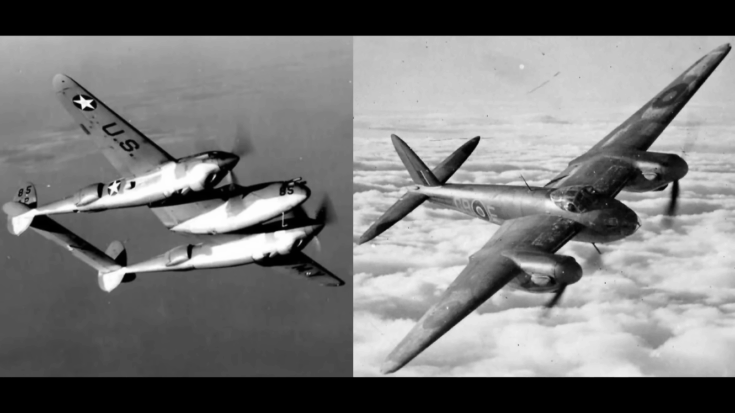
YouTube / Greg's Airplanes and Automobiles
The P-38G Lightning and the Mosquito FB Mk VI entered widespread service during 1942 and filled several overlapping roles, each carrying out long range escort, interception, and ground attack missions.
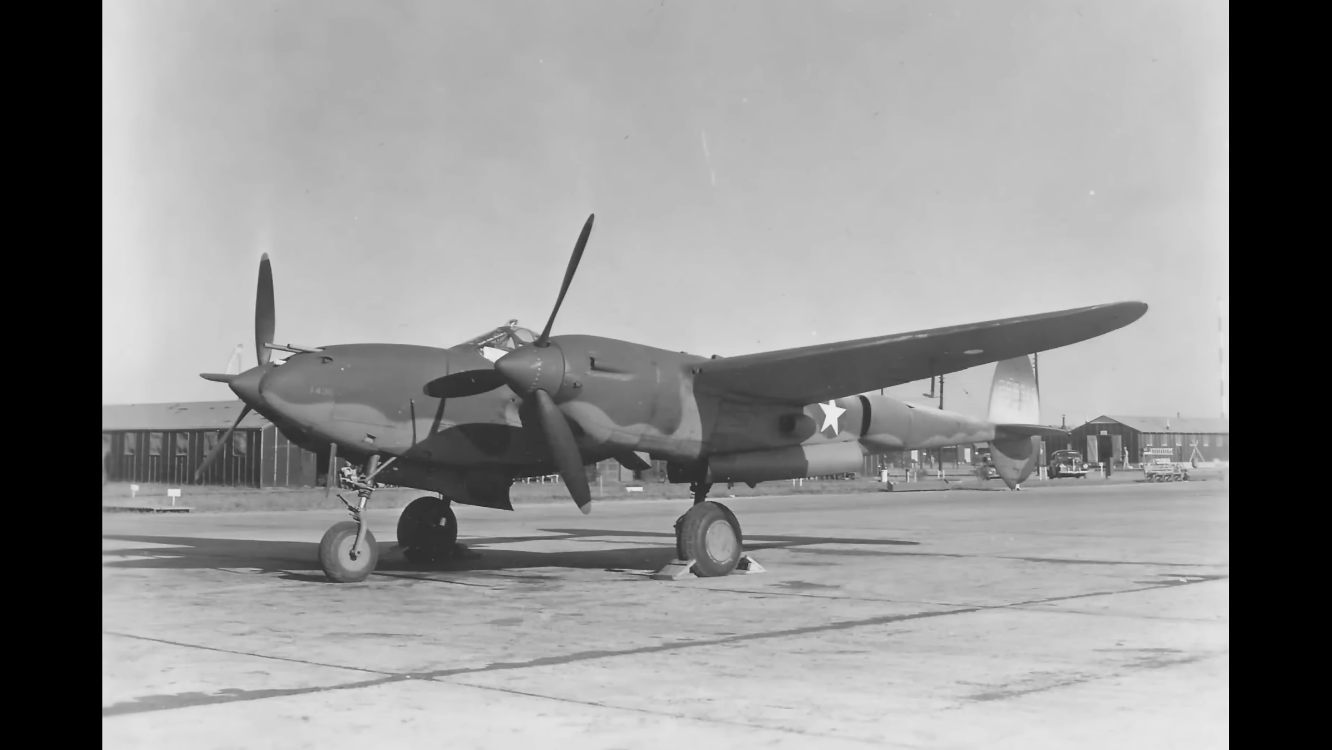
Their designers pursued different priorities, however. Lockheed built the P-38G as a high altitude, turbocharged fighter, while De Havilland focused on multirole capability within a lightweight wooden airframe. Regardless, a direct comparison of their early wartime forms shows two effective solutions to the same operational requirements:
Powerplants and Airframes
The P-38G used two Allison V 12 engines with turbochargers mounted in the tail sections of the twin booms. Air moved through leading edge intercoolers before reaching the superchargers. This arrangement supported high altitude performance although the early intercooler system restricted the engines from reaching full rated output. The Mosquito FB Mk VI operated with Merlin 21 engines using a single stage, two speed supercharger without intercoolers. The Merlins produced slightly higher peak power at comparable boost settings.

Their structures demonstrate contrasting design cultures. The P-38G used an all metal, flush riveted skin with Fowler flaps and a compact central nacelle. The Mosquito relied on plywood and balsa construction which reduced weight and allowed fast production. The wooden structure performed well because De Havilland optimized every element of its design rather than relying on any inherent advantage in materials.
Speed and Climb
The P-38G held a measurable speed margin in clean fighter configuration. Tests in early 1943 recorded speeds near 404 miles per hour at altitude even without full power available. The Mosquito FB Mk VI approached this region but did not equal it at the same height and loading.

The P-38G also climbed more quickly. Rates above 3,500 feet per minute to 15,000 feet appear in several evaluations, while Merlin powered Mosquitos averaged roughly 2,500 feet per minute.
Performance With Bomb Loads
The Mosquito carried two 500 pound bombs internally. The P-38G carried its equivalent load on external racks. This difference altered the speed relationship.
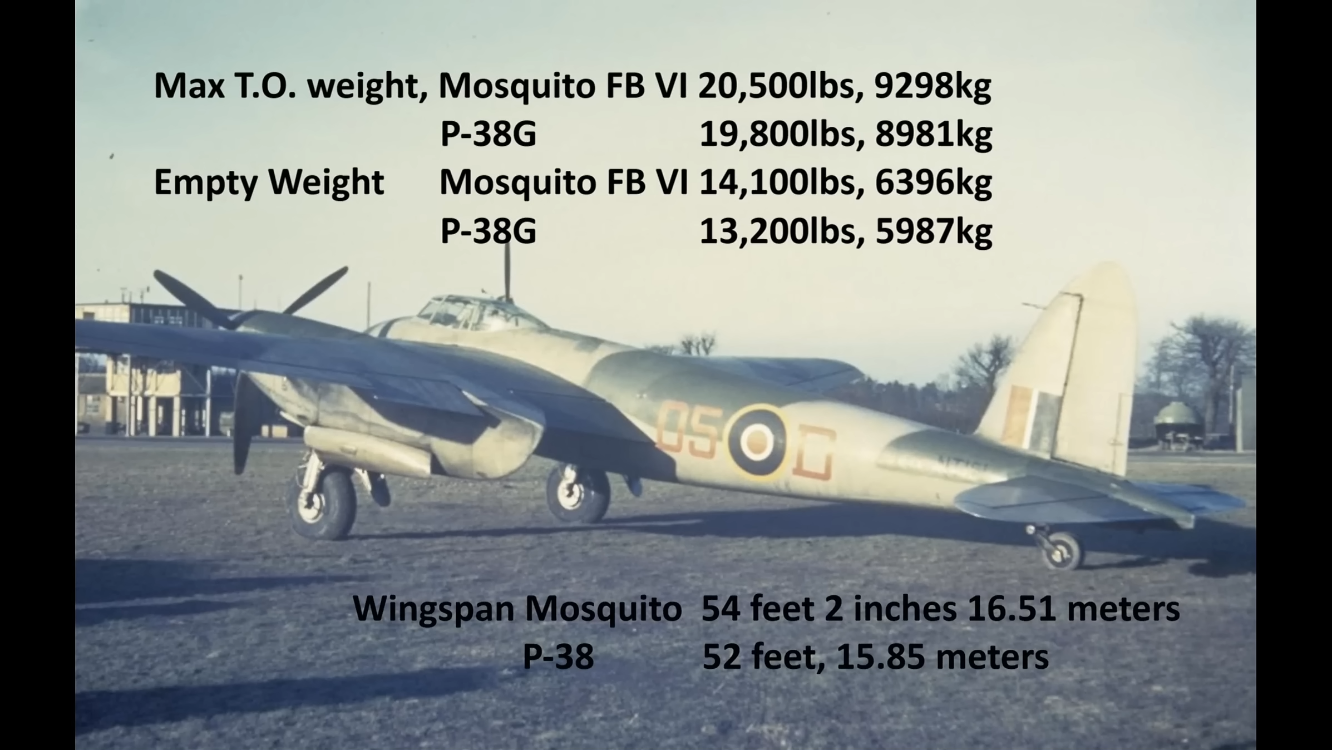
The Mosquito retained its aerodynamic shape with the bay closed while the P-38G accepted the drag of external stores. With similar bomb weights the Mosquito moved faster and reached targets with less speed loss.
Handling and Dive Limits
Turn performance data places both aircraft in a similar range although the Mosquito displayed slightly tighter figures in several tests. Both aircraft operated near structural limits in steep descents.
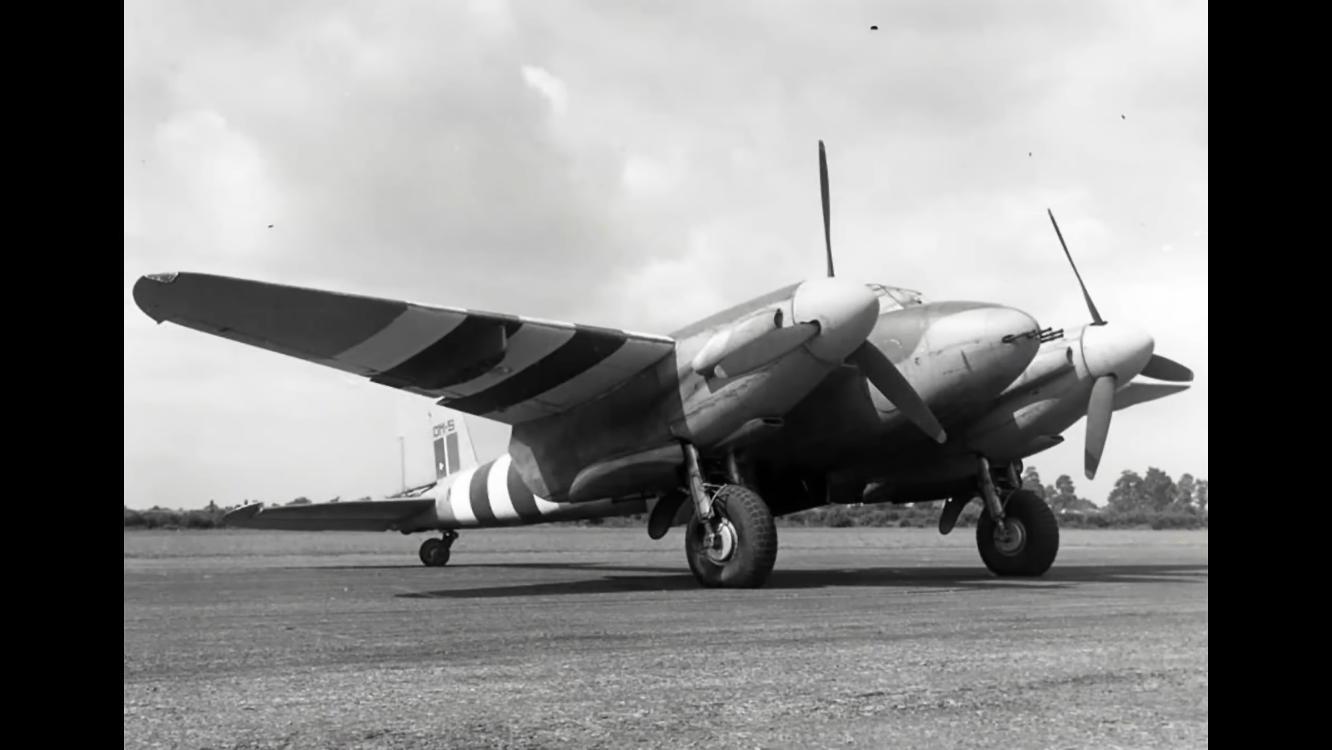
The P-38G had a calibrated dive restriction near 405 miles per hour. The Mosquito held a small margin above this figure. These characteristics guided pilot technique and helped crews manage energy during combat or withdrawal.

















